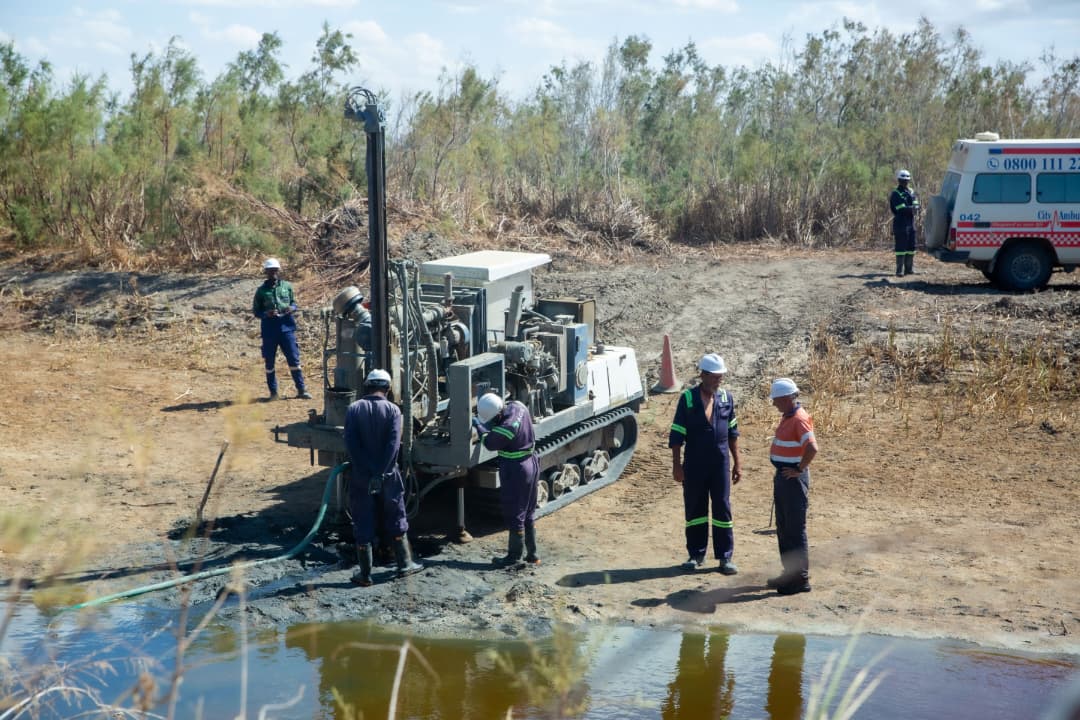Africa is enjoying a renewed rush of oil and gas investment: massive offshore finds, export-focused LNG projects and clearer commercial terms in several countries have attracted billions in capital. But while neighbours are cashing in, South Africa is struggling to convert strong domestic demand into bankable projects.
This blog compares what Nigeria, Mozambique and Namibia are doing differently and offers clear, practical reforms South Africa can adopt to win its share of the continent’s energy boom.
Quick comparative snapshot
- Nigeria: Credible, updated legal framework and predictable fiscal terms; deep upstream and downstream value chains; ongoing reforms that restored investor confidence.
- Mozambique: World-scale gas in the Rovuma Basin, fast-tracked LNG projects with major international partners, and government backing to secure complex financing and contracts.
- Namibia: Modern, transparent licensing rounds and model petroleum agreements that make exploration attractive and predictable.
- South Africa: Strong demand fundamentals and skilled workforce, but lagging on clear upstream rules, timely licensing, LNG/regas infrastructure and enforceable local content frameworks.
Why these differences matter
Investors make multi-billion-dollar commitments only when the policy, commercial and execution risks are manageable. The three leading countries share a few common strengths that reduce that risk:
- Clear, codified regulation and fiscal terms — Nigeria’s new petroleum law and Namibia’s model agreements give investors certainty about taxes, royalties and contract stability.
- Regular, transparent licensing rounds — Namibia and parts of Mozambique run open processes that create competition and timely award of acreage.
- Government commitment to project execution — Mozambique has been willing to approve, co-ordinate and sometimes partially underwrite complex LNG builds, even amid security or financing challenges.
- Sequenced infrastructure and anchor contracts — projects become bankable when terminals, pipelines and off-takers are lined up before final investment decisions.
- Enforceable local content and benefit-sharing — clear, predictable local participation rules in Mozambique and Nigeria reduce renegotiation risk and build social licence.
South Africa’s gaps, uncertainty in upstream regulation, slow permitting, limited LNG/regas infrastructure and unclear local content enforcement raise the perceived risk and the cost of capital. That pushes investors to faster-moving jurisdictions.
What South Africa should adopt
South Africa doesn’t need to copy other countries wholesale. But adopting a handful of proven measures from Nigeria, Mozambique and Namibia would quickly change investor calculus:
1. Finalize and publish an upstream legal and fiscal framework
Aim: certainty.
Action: legislate or finalize petroleum/upstream regulations and publish model contracts. Fix royalties, tax rules and dispute resolution pathways so investors can price projects with confidence.
2. Run open, regular licensing rounds
Aim: stimulation of exploration and competition.
Action: schedule predictable acreage auctions, publish seismic data and set clear timelines for awards. Make the process transparent to attract serious explorers.
3. Create a one-stop permitting and approvals desk
Aim: cut lead time.
Action: coordinate environmental, maritime, community and safety approvals through a single interagency desk with legislated timeframes. Reduce duplication and set legal maximums for decision windows.
4. Sequence and commit to infrastructure with anchor partners
Aim: bankability.
Action: co-finance or provide guarantees for regasification terminals and key pipelines, and secure anchor off-take agreements with industry or state-backed buyers prior to FID (Final Investment Decision).
5. Make local content and benefit-sharing predictable and enforceable
Aim: social licence and economic spillovers.
Action: publish clear local content rules, capacity-building plans and community benefit frameworks. Ensure rules are applied consistently to avoid ad-hoc renegotiations.
6. Offer targeted de-risking instruments
Aim: lower cost of capital.
Action: use partial government guarantees, blended finance with development partners, and sovereign commitments that reduce perceived political or regulatory risk for institutional investors.
Quick wins vs. longer-term moves
- Quick wins (6–12 months): Publish final upstream regulations, launch a one-stop permitting pilot, announce a roadmap for licensing rounds.
- Medium term (12–36 months): Secure at least one anchor regasification project, sign off on local content regulations with implementation schedules.
- Longer term (36+ months): Build out pipeline networks, develop state-backed financing vehicles for strategic projects, and institutionalize transparent contract publication.
Also read: South Africa Faces Oil & Gas Investment Headwinds Even as Africa Attracts a Surge of Capital
FAQs
Q: Can South Africa realistically build LNG terminals quickly?
Yes if the government prioritizes one or two sites, secures anchor customers and uses public–private finance to bridge early capital needs.
Q: Would clearer local content rules scare investors away?
Not if they’re predictable and phased. Investors accept local content when it’s transparent and backed by capacity-building measures.
Q: Which reform delivers the biggest immediate impact?
Finalizing upstream regulations and running a transparent licensing round are the fastest ways to change investor perception.



